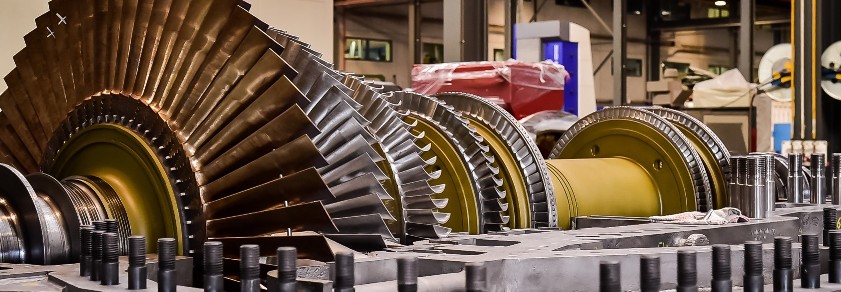21. The ratio of the isentropic heat drop to the heat supplied is called
A. reheat factor
B. stage efficiency
C. internal efficiency
D. Rankine efficiency
22. When the cross-section of a nozzle first increases from its entrance to throat and then decreases from its throat to exit, it is not a convergent-divergent nozzle.
A. Yes
B. No
23. The efficiency ratio is the ratio of total useful heat drop to the total isentropic heat drop.
A. Agree
B. Disagree
24. The purpose of governing in steam turbines is to
A. maintain the speed of the turbine
B. reduce the effective heat drop
C. reheat the steam and improve its quality
D. completely balance against end thrust
25. De-Laval turbines are mostly used
A. where low speeds are required
B. for small power purposes and low speeds
C. for large power purposes
D. for small power purposes and high speeds
26. The reheat factor depends upon
A. initial pressure and superheat
B. exit pressure
C. turbine stage efficiency
D. all of these
27. In an impulse turbine
A. the steam is expanded in nozzles only and there is a pressure drop and heat drop
B. the steam is expanded both in fixed and moving blades continuously
C. the steam is expanded in moving blades only
D. the pressure and temperature of steam remains constant
28. A nozzle is said to be a divergent nozzle
A. when the cross-section of the nozzle increases continuously from entrance to exit
B. when the cross-section of the nozzle decreases continuously from entrance to exit
C. when the cross-section of the nozzle first decreases from entrance to throat and then increases from its throat to exit
D. none of the above
29. The ratio of the cumulative heat drop to the isentropic heat drop is called reheat factor.
A. Yes
B. No
30. The compounding of turbines is done in order to
A. reduce speed of rotor
B. improve efficiency
C. reduce exit losses
D. all of these
